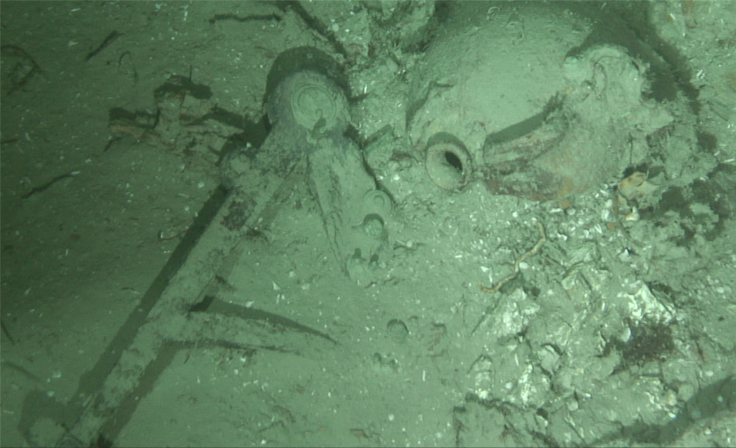Centuries-Old Shipwreck Discovered Off North Carolina Coast Linked To American Revolution

A group of marine scientists recently found remains of a previously unknown, centuries-old shipwreck in the bottom of the sea off the North Carolina coast. The artifacts on the wreck, which were discovered by using scanning sonar and a robotic underwater vehicle, are believed to belong to the American Revolution, scientists said Friday.
The shipwreck was discovered by scientists from Duke University, North Carolina State University and the University of Oregon on July 12 during a research expedition. According to the scientists, the wreck dates back to the late 18th or early 19th century when the United States was expanding its trade with the rest of the world by sea.
“I have led four previous expeditions to this site, each aided by submersible research technology to explore the sea floor,” Cindy Van Dover, director of the Duke University Marine Laboratory and the leader of the expedition, said in a statement. “It’s ironic to think we were exploring within 100 meters of the wreck site without an inkling it was there.”
The artifacts from the shipwreck included an iron chain, glass bottles, an unglazed pottery jug, a metal compass and another navigational instrument that scientists believe to be either an octant or a sextant.
“This is an exciting find, and a vivid reminder that even with major advances in our ability to access and explore the ocean, the deep sea holds its secrets close,” Van Dover said.
According to the scientists, an examination of the ceramics, bottles and other artifacts will help determine the date and century of origin for the wrecked ship.
“Lying more than a mile down in near-freezing temperatures, the site is undisturbed and well preserved,” Bruce Terrell, chief archeologist at the National Oceanic and Atmospheric Administration’s Marine Heritage Program, said in the statement.
© Copyright IBTimes 2024. All rights reserved.






















